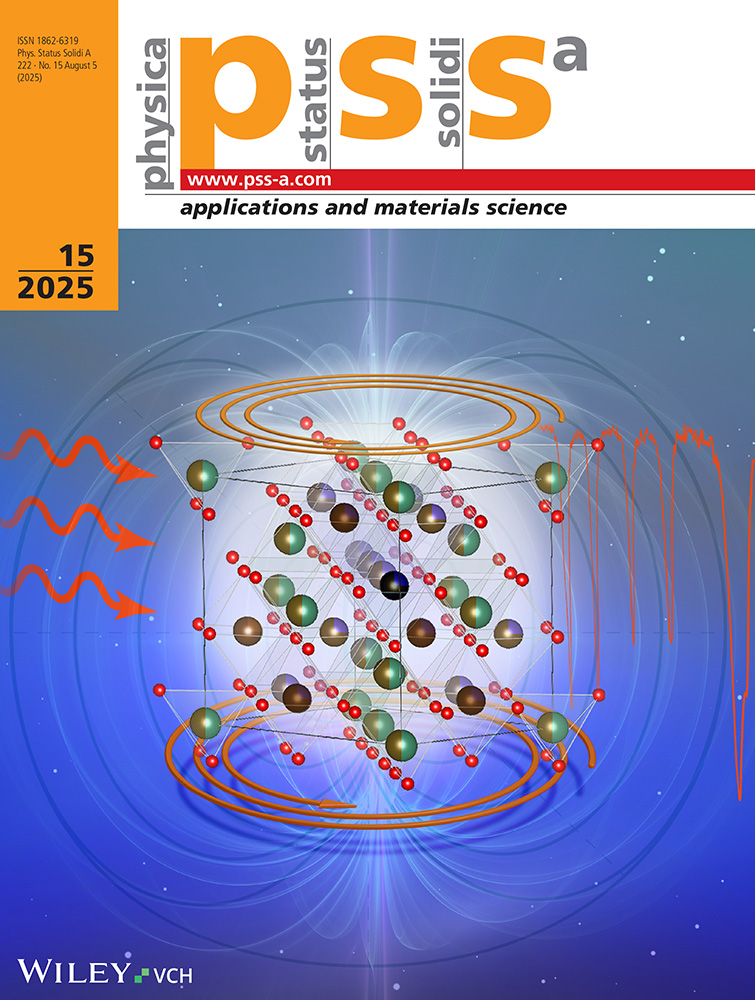Thermomagnetic Behavior and First Order Magnetization Processes of Sm3Fe29—xTx and Sm3Fe29—xTxN4 (T = V and Cr)
Abstract
A systematic investigation of structure and intrinsic magnetic properties of the compounds Sm3Fe29—xTx (T = V and Cr) and their nitrides has been performed. Nitrogenation resulted in remarkable improvements in the saturation magnetization and anisotropy fields at 4.2 K and room temperature. First order magnetization processes are observed at around 5.7 T for Sm3Fe26.7V2.3 and around 2.8 T for Sm3Fe24.0Cr5.0 and Sm3Fe24.0Cr5.0N4, respectively. The spin reorientation of the easy magnetization direction of Sm3Fe26.7V2.3 is observed at around 230 K. As a preliminary result, the maximum remanence Br of 0.94 T, the coercivity μ0HC of 0.75 T, and the maximum energy product (BH) of 108.5 kJ/m3 for the nitride magnet Sm3Fe26.7V2.3N4 are achieved by ball-milling at 293 K.




